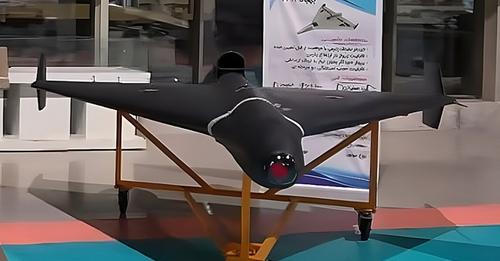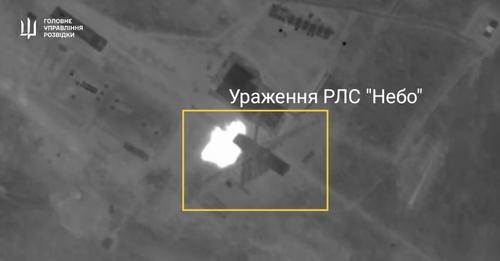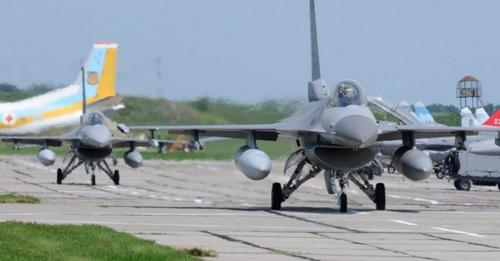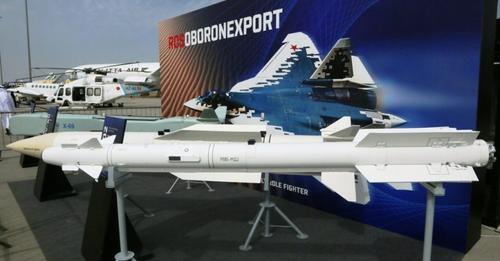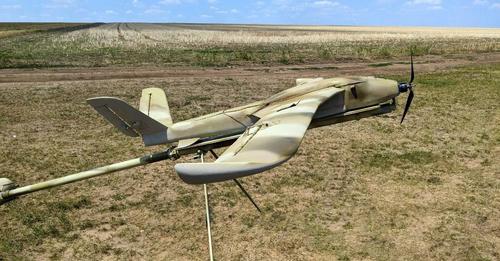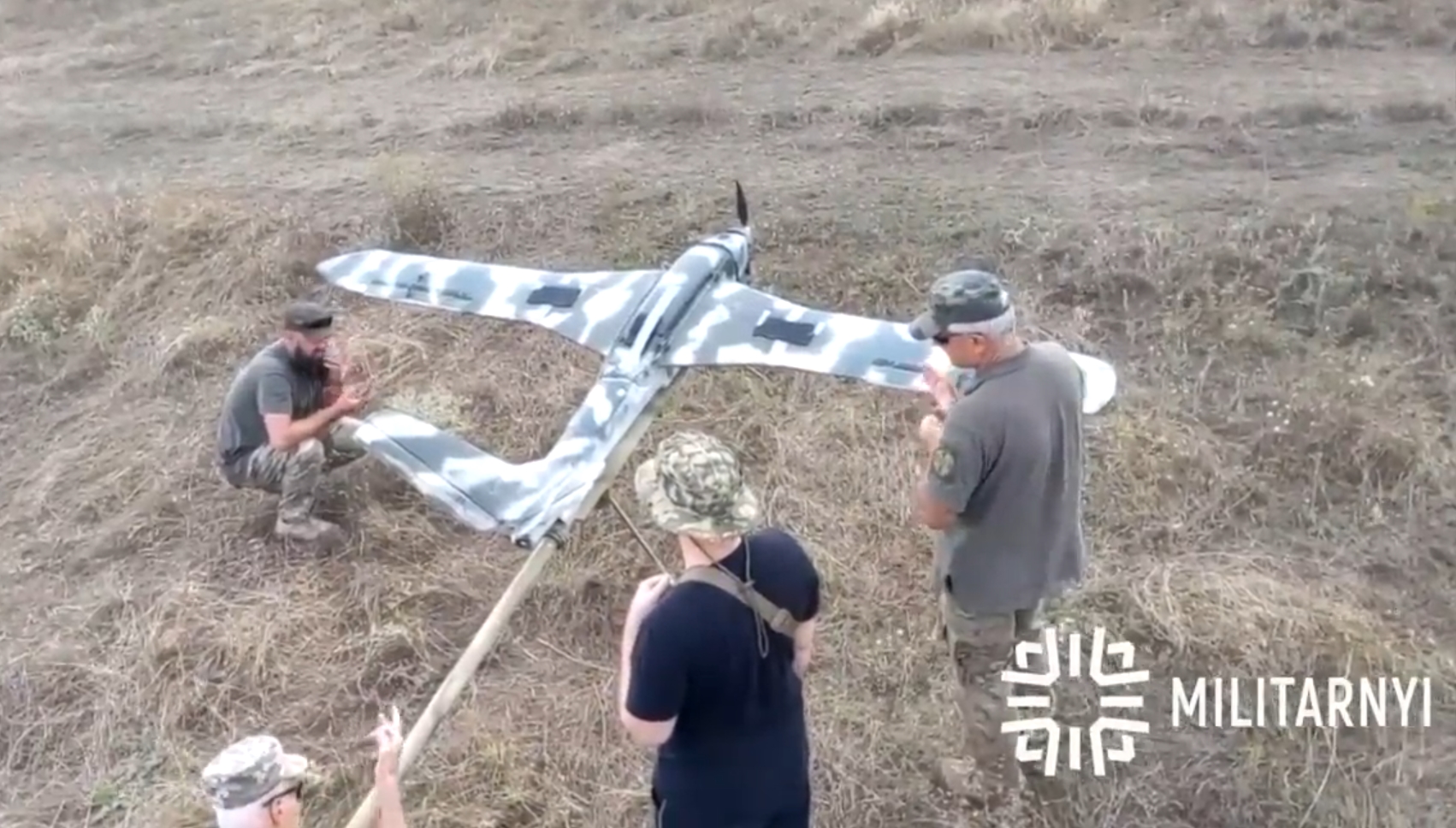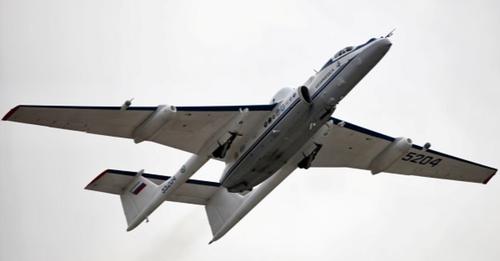The Iranian Ashura Aerospace University of Science & Technology presented a new Shahed-238 jet loitering munition.
Footage of the new drone was released by official Iranian media.
The presentation of the developments took place during the visit of the Supreme Leader Ali Khamenei to the University in Tehran, where he was shown the latest achievements of the Islamic Revolutionary Guard Corps Aerospace Force.
The exhibition showed a jet modification of the Shahed-136, called the Shahed-238. It was presented in three versions with different guidance systems.

In addition to the classic version with an autonomous inertial navigation system and GPS (in the middle), there were also presented versions with infrared/optical and, presumably, radar guidance systems.
The version with infrared/optical guidance system (on the right) can be used to hit heat-contrast targets, in particular, important military equipment in the rear of the enemy.
The latter drone, due to the radar homing head, may become an analog of anti-radiation missiles aimed at the radiation of search radars. Such a method can be useful for neutralizing and suppressing enemy air defense systems.
The fuselages of all three drones have a nontypical for Iranian UAVs black color, which may be due to the use of radio absorbing materials. However, there is currently no confirmation of this.
It is worth noting that the new drones have gained some changes in construction compared to the recently shown prototype, in which the optical sensor was mounted in the bow under the fuselage.

The technical characteristics of the Shahed-238 remain unknown. The jet engine should provide high speed, but be more expensive instead.
During the demonstration of the prototype, a launch from an accelerated car was shown. However, like the previous Shahed-136, the drone would have to retain the ability to launch from a stationary platform using a solid fuel booster.
Shown a week earlier, the prototype with the optical guidance system was manually operated by the operator, which imposed restrictions on the range and required the use of repeaters at the target. However, the presented versions of drones, thanks to their homing heads, seem to be able to aim the target autonomously.
